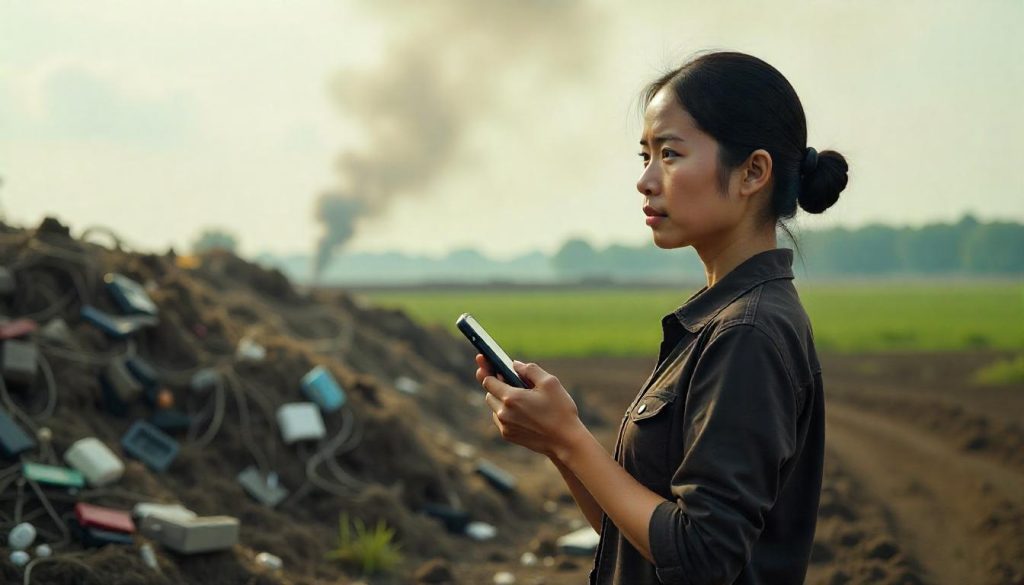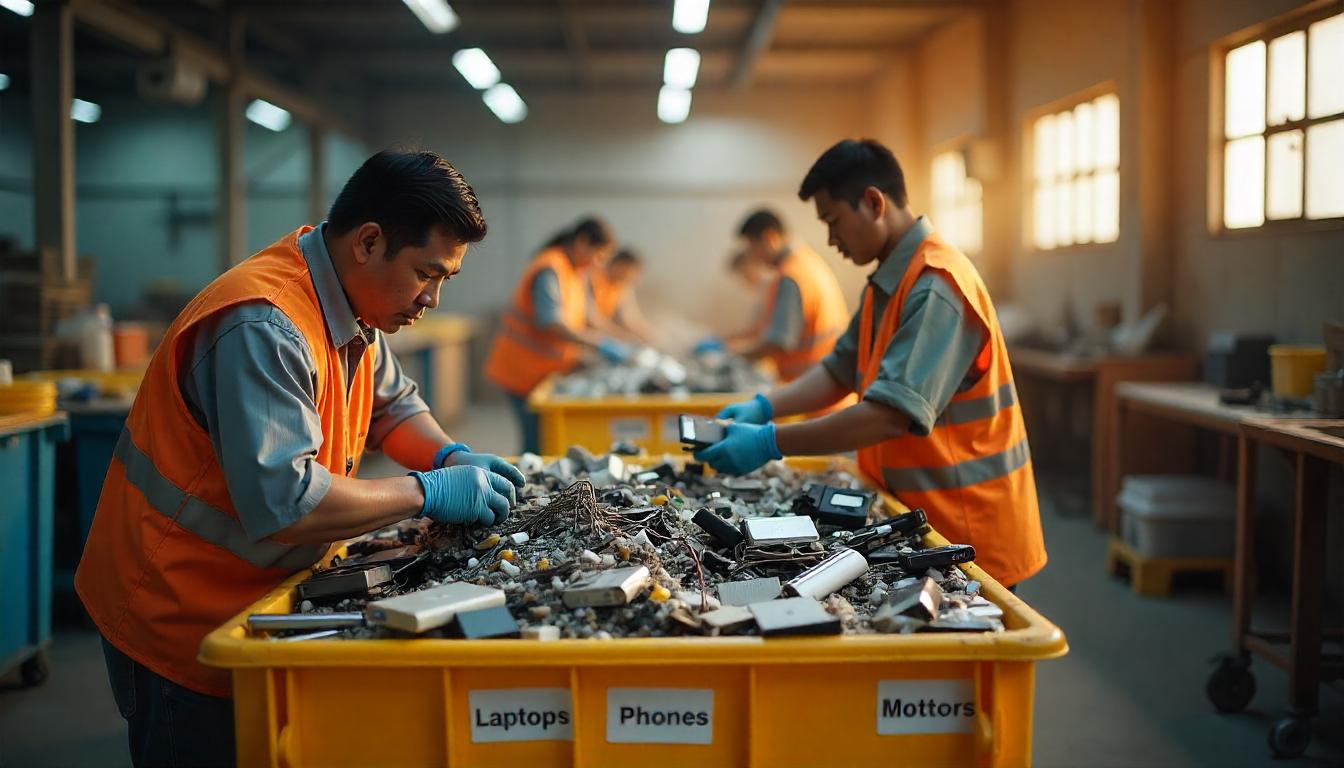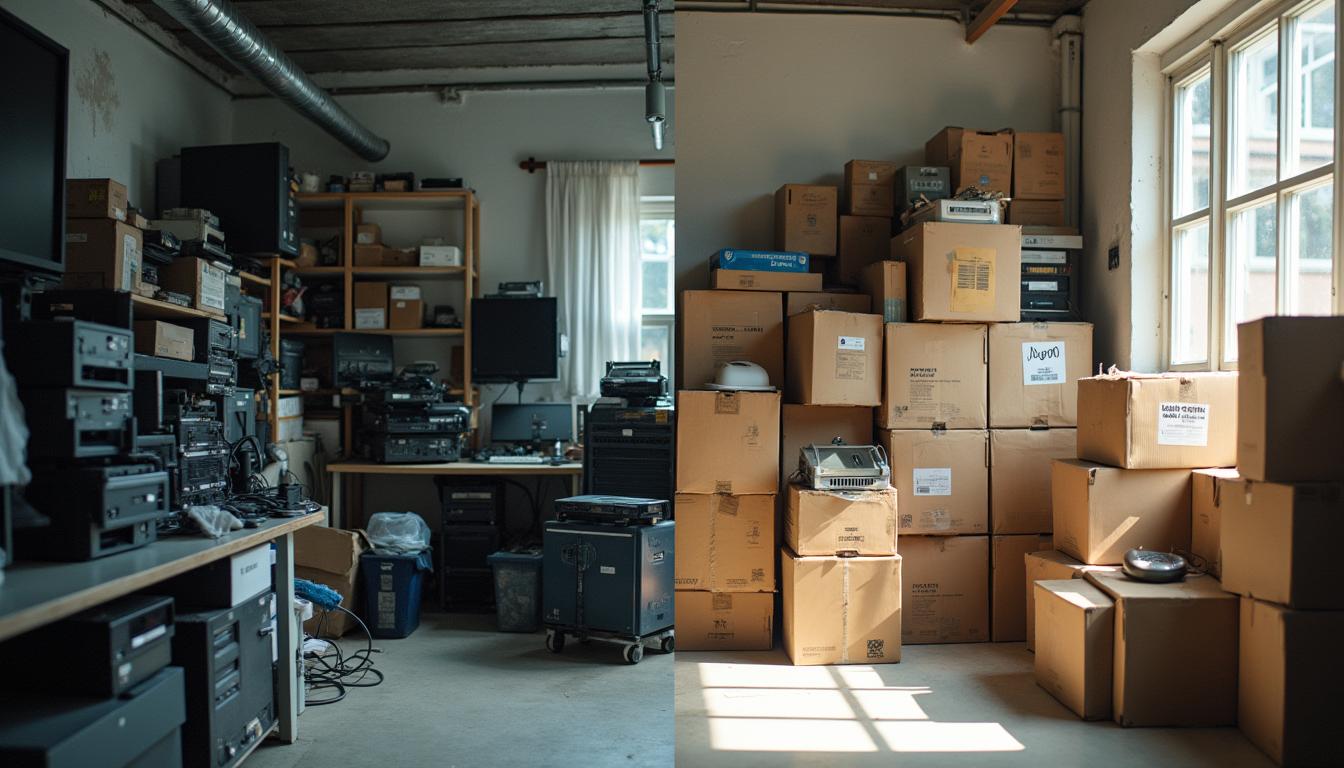Welcome to the world of ewaste, or electronic waste — one of the fastest-growing waste streams in the world.
In today’s tech-driven world, it’s easy to upgrade to a newer device and forget about the old one. But have you ever wondered what happens to that outdated laptop, broken phone, or unused printer after it leaves your hands?
In this post, we’ll break down why ewaste is becoming such a massive issue, backed by facts and statistics. Whether or not you’ve ever recycled an old device before, this is a wake-up call you can’t ignore.

📈 Ewaste by the Numbers: A Global Problem That’s Accelerating
The amount of electronic waste we produce globally is increasing at an alarming rate. According to the Global E-waste Monitor 2024, the world generated a staggering 62 million metric tonnes of ewaste in 2022 alone — a number expected to reach 75 million tonnes by 2030 if current trends continue.
Let’s put that into perspective:
- That’s equivalent to over 1.2 million large delivery trucks filled with discarded electronics.
- Only 17.4% of global ewaste was formally collected and recycled in 2022, leaving the rest to be burned, dumped, or forgotten.
Here in Southeast Asia, the problem is growing faster than in many other regions. In Malaysia alone, ewaste generation reached 364,000 metric tonnes in 2021 and continues to rise due to increasing digital usage, shorter product lifespans, and easy access to cheap gadgets.
🚫 Why People Don’t Recycle E-Waste (And Why That’s Dangerous)
You might think, “It’s just one old phone — what harm could it do?” But the truth is, every small device adds up, and the dangers of improper ewaste disposal are real.
Most people don’t recycle ewaste for a few reasons:
- They don’t know where or how to do it
- They think their old devices aren’t harmful
- They assume someone else will take care of it
- They’re unaware that even broken devices still hold value (and danger)
The result? Millions of electronic items end up in regular landfills or, worse, are burned or illegally dumped.
🧪 The Environmental Cost of Improper Ewaste Disposal
Improperly disposed ewaste doesn’t just disappear — it creates long-term problems.
- Toxic Materials Leaching into Soil and Water
Electronics contain heavy metals like lead, mercury, cadmium, and arsenic. When thrown into landfills, these materials seep into the ground, eventually contaminating the soil, water sources, and even food chains. - Air Pollution from Burning Ewaste
In some regions, ewaste is openly burned to recover metals. This releases toxic fumes, including dioxins and furans, which are harmful to humans and the environment. These pollutants contribute to respiratory illnesses and even cancer in nearby communities. - Resource Waste
Every electronic device contains valuable materials like gold, copper, aluminum, and rare earth metals. Throwing these away not only wastes resources but also increases the need for more mining — which has its own environmental toll. - Greenhouse Gas Emissions
Manufacturing new devices consumes energy. By not recycling, we increase the need for raw material extraction and production, both of which contribute significantly to carbon emissions and climate change.
🤒 Human Health Risks: The Silent Danger of Ewaste
Improper ewaste handling doesn’t just hurt the environment — it also poses direct health risks. In many low-income regions, ewaste is processed by informal workers, including children, who are exposed to dangerous chemicals without any protection.
The health impacts include:
- Respiratory and skin disorders
- Nervous system damage
- Kidney and liver problems
- Developmental issues in children
Even if you live far from such sites, these toxins can enter global air and water systems, eventually affecting all of us.
💡 Still Not Recycling? Here’s What You’re Contributing To
If you’ve never recycled your old devices, consider this:
- That phone sitting in your drawer? It contains enough precious metals to be reused, reducing the need for new mining.
- That broken monitor in your storeroom? Its lead-based glass could contaminate local water sources if dumped improperly.
- That outdated laptop? It might be useful to someone else — or at least its parts could be salvaged for reuse.
Not taking action isn’t harmless — it’s part of the problem. Choosing to recycle means choosing responsibility.
✅ What You Can Do (Even If You’ve Never Recycled Before)
You don’t need to be an expert to make a difference. Start simple:
- Sort and Collect your ewaste (phones, laptops, cables, batteries, etc.)
- Locate a Certified Ewaste Recycler in your area — many offer pickup services
- Encourage Friends or Employees to do the same — make it a habit
- Partner with Ewaste Recycling Events in your community or company
- Educate Others — share this post or the facts you’ve learned today
Every item counts. Recycling just one smartphone can recover up to 60 elements, including gold and copper.
🌱 Final Thought: Your Old Electronics Deserve a Better Ending
We live in a world where technology moves fast — but that doesn’t mean we should throw yesterday’s devices in the bin. Ewaste may seem invisible, but its consequences are anything but.
By understanding the scale of the problem and choosing to act responsibly, you become part of the solution.
If you’re ready to take the first step, contact a reliable ewaste partner. Together, we can reduce waste, protect our environment, and create a smarter future — one device at a time.



